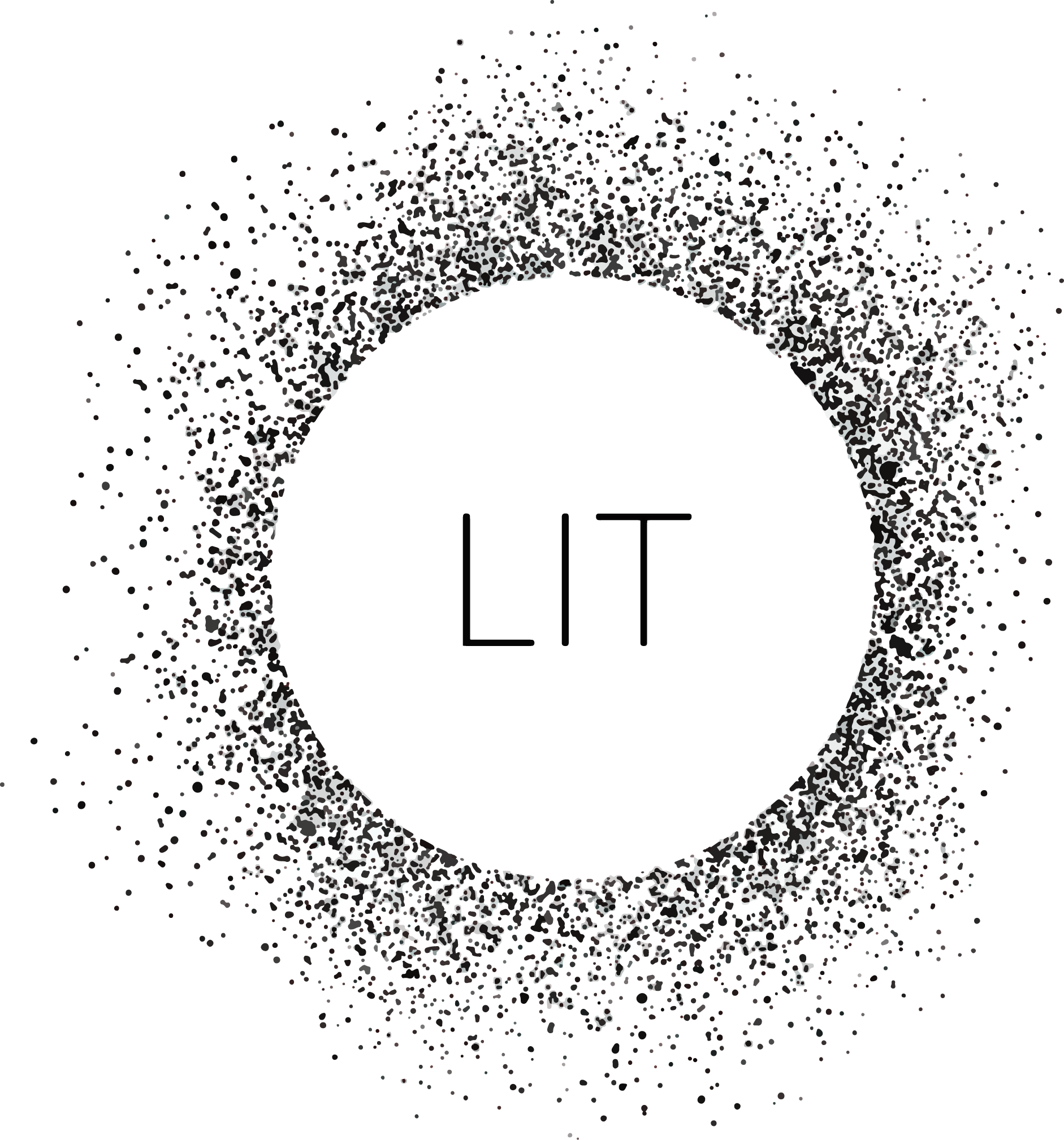Calculations & Justifications
Breakdown of the calculations and assumptions made to determine the statistics for the alternative technologies analysis conducted for this Impact Assessment. For all the maintenance costs for the different lightbulb technologies evaluated in this report, it was assumed that the lightbulbs are powered for 12 hours during the winter and 10 hours during the summer.
Conventional Lightbulbs
- Scale of project in London
- 7 000 000 street lights in the UK and population of the UK is 66 million
- given the population of London 8.7 million
- assume approximately 900 000 street lights in London
- Maintenance costs
- assume yearly basis
- maintenance costs in the UK, £300 million
- given the number of streetlights in the UK, price of an individual lightbulb £43
- given the number of streetlights in London, total annual price in London £4 million
LED Lightbulbs
- Maintenance costs
- LED lightbulbs have an average lifespan of 8 years
- Over a period of 8 years using LED lights would cost:
£45M as 900,000 lightbulbs will need to be replaced once in the 8th year (We are not accounting for the initial outlay required to purchase the lightbulbs in Year 0)
- Running costs when LED lights
- It costs £0.0047 to turn LED lightbulbs on for a period of 10 hours
- The running costs per annum would be £1.85M
- The running costs for 8 years would be £14.8M
- Upfront Costs
- Assume the cost for one 160W LED lightbulb is £47.5,
- Assume a 5% vendors discount will be applied due to the magnitude of the purchase
- The cost for 900,000 lightbulbs would be £45M
Lightbulbs with motion sensors
- Environmental Impact
- Reduces maintenance costs by 50% (Statistic obtained from Tvilight’s case study on Texel)
- Maintenance Costs
- Assume 900,000 wireless city sensors will be required
- Each sensor is estimated to cost £150
- The cost to acquire 900,000 wireless city sensors will be £135M
- Assume a 5% vendors discount will be applied due to the magnitude of the purchase
- Assume a 20% increase additional fee for installation purposes
Case Studies
This appendix contains brief summaries of the case studies used for each of the different alternative technologies evaluated in this report. The summaries aim to give additional context to currently implemented policies and projects.
Case Study 1 – SMART bulbs, City Council of Westminster
In 2011 Bouygues Energy and Services developed the ‘Smart Lights’ scheme in the City of Westminster. The scheme involved the installation of dimmable electronic lightbulbs. The electronic system was installed on every streetlamp and allowed for their luminescence to be controlled by a central management system. This mode of operation allows for the light brightness of the bulbs to be monitored remotely using the council’s CCTV system. Through implementing this technology, the City Council of Westminster reduced energy and maintenance costs and saved a collective of £8.4 million. Adopting this scheme to a scale of 14, 000 streetlamps aims to cut Carbon Dioxide emissions by 20%
Case Study 2 – LED lights, Transport for London
Transport for London (TfL) owns 52,000 of the 900,000 streetlamps in London. By 2016, the TfL aimed to replace the conventional CFL lightbulbs currently used for their 52,000 streetlamps with the more environmentally friendly and cost-efficient LED lightbulbs. LED lightbulbs require less frequent replacement, where their average lifespan is 8 years as opposed to the 6-month lifespan of the CFL lightbulbs. Although LED lightbulbs decrease CO2 emissions by 90%, controversy has risen in regards to the ambiance LED lightbulbs create. LED lights produce cold (white) light as opposed to the warm (yellow) light, which is produced by conventional CFL lightbulbs.
Case Study 3 – Tvilight
Tvilight is a company that incorporates wireless streetlight sensors on streetlamps to control their light intensity based on motion detection. The company has worked on 8 global projects that resulted in a 50% decrease in CO2 emissions and more than 40% decrease in maintenance costs. Currently, it is one of the biggest competitors for the LIT bacterial powered lightbulbs as this technology can be incorporated in existing streetlamps and does not require frequent wireless sensor replacement. However, as light intensity can be controlled from a remote location, it poses a risk hacking the municipality, which would lead to severe repercussions for the community.



